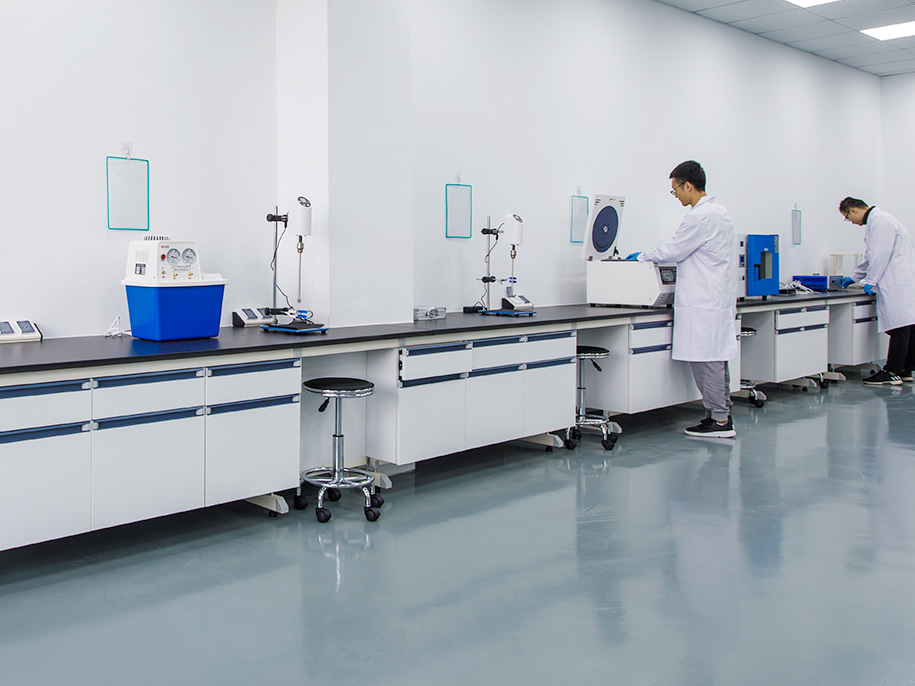Isostatic Graphite: Applications and Characteristics
What is Isostatic Graphite?
Isostatic graphite, a high-purity graphite product, has emerged as a significant material over the past 50 years, closely linked to advanced technology. It holds a crucial position not only in civilian applications but also in national defense. This new material is essential for manufacturing single crystal furnaces, continuous metal casting graphite molds, and graphite electrodes for EDM (Electrical Discharge Machining). It is also a superior material for rocket nozzles, decelerating materials in graphite reactors, and reflector materials.
Characteristics of Isostatic Graphite
- Isotropy:
- Traditional carbon graphite products are formed using methods like hot extrusion (for steelmaking graphite electrodes), molding (including vibration molding), and isostatic pressing.
- Traditional methods result in anisotropic properties, where the material’s performance varies depending on the direction relative to the pressure applied. This anisotropy is beneficial for some applications like steelmaking electrodes and motor brushes.
- However, many applications require isotropic properties, where the material exhibits uniform performance in all directions. This need led to the development of isostatic graphite.
- Isostatic pressing transforms unidirectional pressure into multidirectional pressure, ensuring the carbon particles remain disordered, resulting in minimal performance variation. The performance ratio in different directions is less than 1.1, termed as isotropy.
Main Applications of Isostatic Graphite
- Heaters for Czochralski Silicon and Polycrystalline Silicon Ingot Furnaces:
- In the Czochralski silicon thermal field, isostatic graphite components include crucibles, heaters, electrodes, insulation shields, seed crystal holders, rotating crucible bases, various round plates, and heat reflectors.
- Approximately 80% of isostatic graphite is used to manufacture crucibles and heaters.
- For solar cell polycrystalline silicon wafer production, polycrystalline silicon fragments are melted into polycrystalline silicon ingots, where the heaters in the ingot furnaces are made of isostatic graphite.
- Nuclear Industry:
- Nuclear Fission Reactors: Graphite serves as a neutron moderator and an excellent reflector in high-temperature gas-cooled reactors.
- Nuclear Fusion Reactors: Graphite materials with good thermal conductivity and high mechanical strength are used as plasma-facing wall materials.
- EDM Electrodes:
- Isostatic graphite or copper electrodes are widely used in the metal mold processing industry due to their superior performance.
- Graphite Molds for Non-Ferrous Metal Continuous Casting:
- Isostatic graphite is ideal for making molds due to its excellent thermal conductivity, thermal stability, self-lubrication, anti-wetting properties, and chemical inertness.
- Other Applications:
- Isostatic graphite is also used to manufacture diamond tools and sintering molds for hard alloys.
- It is crucial for the thermal field components (heaters, insulation cylinders) in fiber drawing machines, and vacuum heat treatment furnaces (heaters, support frames).
- Additionally, it finds use in precision graphite heat exchangers, mechanical seal components, piston rings, bearings, and rocket nozzles.
Conclusion
Isostatic graphite is a versatile and high-performance material that is indispensable in various advanced industrial applications. Its isotropic properties make it a superior choice for demanding applications in the electronics, nuclear, aerospace, and metallurgical industries. As technology continues to advance, the importance and applications of isostatic graphite are set to expand even further.

